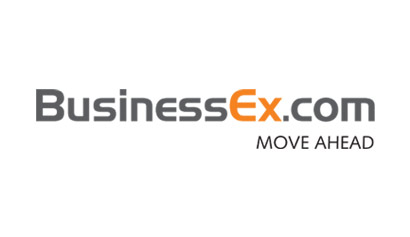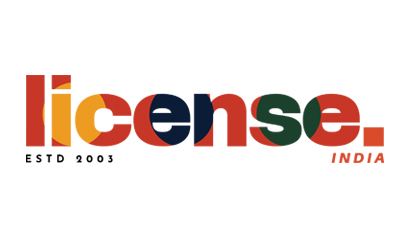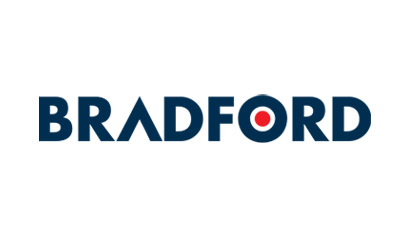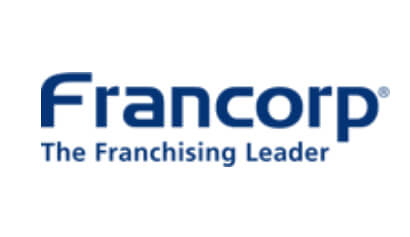To get access to over 10000+ Franchise Business Opportunities.
Network with the growing Business Community to get expert interventions to let you learn to Grow & Expand your Business with Franchising.
Amalgamation of cultures during early childhood education stage is at the forefront of Shanti Juniors. Zarafshan Shiraz finds out the nucleus of their programs and curriculum from Dharmesh Kapasi, President, SEIL

What makes your play school stand apart from your competitors?
Could you discuss in brief your early education programs?
Shanti Juniors’ programs focus on holistic development of children between the age group of 2-6 years where the international standard of teaching gets adapted well with the Indian culture. The programs are designed in a unique way called ‘Eagle to Ant Approach’ which helps us maintain quality of education across our franchisees. Our curriculum is based on five different international approaches to early childhood education. The international approaches are adapted well to suit Indian needs. As said before, we have also developed a very cohesive I3 (Cube) Learning Ladder which helps our teachers to keenly observe the growth of a child and ensure that he or she develops well during the early period. Our main focus is on five types of skill development in a child – cognitive, gross motor, fine motor, socio-emotional and creative.
How do you blend international approaches with Indian culture?
The international approaches of Maria Montessori, Bank Street, Reggio Emilia, Woldrof and High Scope have been adapted by Shanti Juniors to form a curriculum that will suit the Indian culture. Indian parents not only expect their children to count from 1-10 or memorize days in a week with ease but also wish that their children have some connect with our rich Indian culture. Our curriculum is developed in such a way that all social emotional skills get developed not only in the Indian context but also according to the various subcultures that the child belongs to.
What do you look for in a franchisee?
We look forward to have passionate people on board as our business partners who have the willingness, zeal, and capital to contribute towards nation-building. For all the remaining technicalities, we have a very efficient support team that provides academic training and also helps procure admissions.
How do you intend to scale up?
We have steadfast expansion plans, aiming to triple the current number of centres by the end of 2019. Right now we have a presence in 14 states and 65+ cities of India and we intend to expand to 21 states and 95 cities by 2019.
Franchise Facts


Business Opportunities
Browse By Investment Range
Browse By States
Popular Cities















